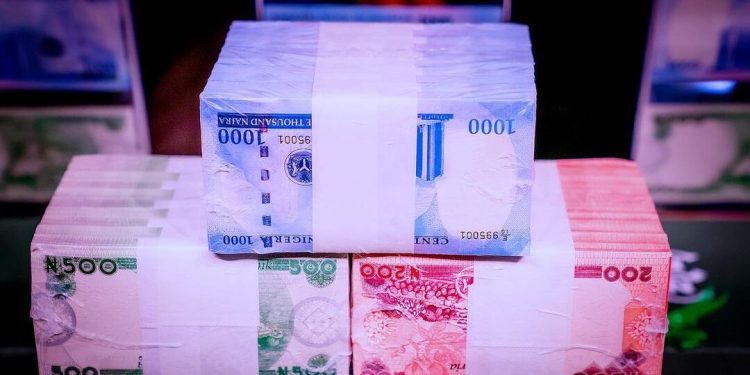Last week, the naira appreciated marginally by 5 basis points to NGN1,600.00/USD at the Nigerian Autonomous Foreign Exchange Market (NAFEM), buoyed by the Central Bank of Nigeria’s (CBN) intervention in the official window, where it sold approximately USD95 million to authorized dealers. This intervention has contributed to a positive sentiment in the foreign exchange market.
FX Reserves Show Positive Growth
In a significant development, Nigeria’s foreign exchange reserves have continued to show resilience, recording an increase of USD302.83 million week-on-week to reach USD39.30 billion as of October 23.
This marks the eighth consecutive week of growth, reflecting ongoing efforts to stabilize the naira and manage the country’s foreign exchange needs.
Trading Activity and Turnover
Despite the naira’s appreciation, total turnover at the NAFEM has seen a sharp decline of 33.8% week-to-date, totaling USD1.14 billion. Transactions during this period occurred within the NGN1,581.16/USD to NGN1,696.00/USD range, indicating fluctuations in trading activity.
In the forwards market, naira rates have exhibited mixed movements. The 1-month and 3-month contracts saw increases of 1.2% to NGN1,679.55/USD and 0.9% to NGN1,754.42/USD, respectively. Conversely, the 6-month and 1-year contracts experienced declines of 0.2% to NGN1,867.42/USD and 0.9% to NGN2,085.58/USD, respectively.
Ongoing Challenges in the FX Market
While the CBN’s interventions have provided some support to the naira, the persistent depreciation of the currency highlights a deeper demand-supply imbalance in the market. Analysts believe that unless there are significant inflows to bolster market liquidity, this imbalance is likely to continue in the short term.
The CBN’s strategy of intermittent market support aims to stabilize the naira, but without a sustainable increase in foreign currency inflows, challenges in achieving a more stable exchange rate persist.
The slight appreciation of the naira, coupled with a continued increase in foreign reserves, presents a cautiously optimistic picture for Nigeria’s foreign exchange landscape. However, the underlying issues of demand and supply imbalance remain a significant hurdle that could impact the naira’s stability in the near future.















